In baseball or softball, a batter produces a rapid change of direction (COD) to run around the bases. Although this has traditionally been described as agility, it is a somewhat rare situation because the COD movement is preplanned. In most sports, such as any football code or basketball, a COD is produced in response to a stimulus such as an opponent's actions. Therefore, the speed of this movement is influenced by perceptual and decision-making factors, such as the speed of anticipation of the player. For this reason, the ability to change direction and velocity in a preplanned movement, such as in base running, may be better described as COD speed.
So basically(what I always try to tell people) in order to train agility the athlete should not know the motor pattern which the are to perform. It should be as close to just reaction as possible.
Perhaps a more important question is, does straight sprint training transfer to COD speed? Such a question was addressed in a training study by Young et al. (24). Participants performed either straight sprint training or COD sprints involving 3–5 changes of direction in a zigzag pattern over a 6-week period. It was found that the straight sprint training enhanced straight speed significantly by approximately 3%, but produced no gain in a test containing 5 changes of direction. Conversely, the COD speed training had limited transfer to straight sprinting speed. These findings can be explained by training specificity, and suggest that athletes must train specifically with the movement patterns required in their sports to benefit optimally from their training.
Running straight does not improve COD speed, huh. Now note that this is on a predetermined course which may or may not make a difference. I am not sure how I feel about this yet. I would have to believe that it would help a little bit. This I am going to keep checking on.
Anyway there is so info to get you thinking on this sunny Thursday.
Strength and Conditioning Journal: Vol. 28, No. 5, pp. 24–29.
A Review of Agility: Practical Applications for Strength and Conditioning
Warren Young, PhD, 2006


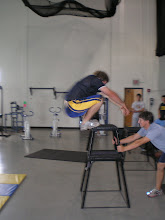
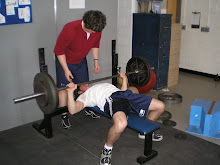
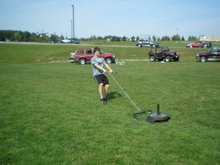

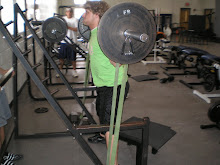
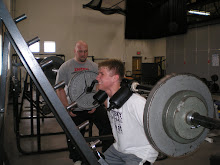
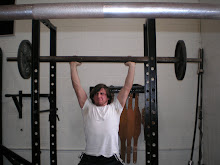

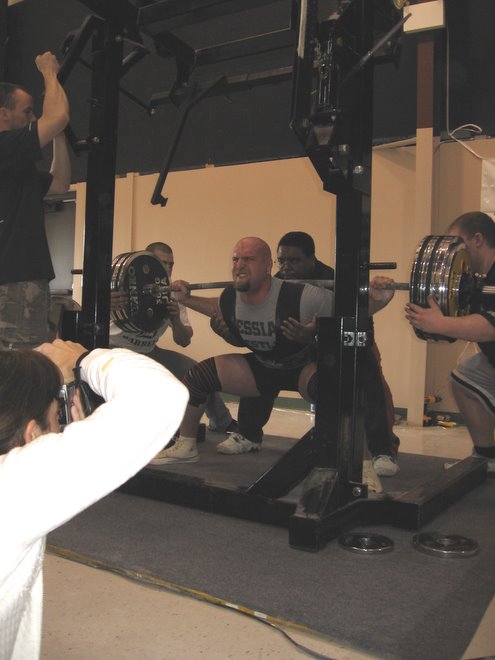
No comments:
Post a Comment